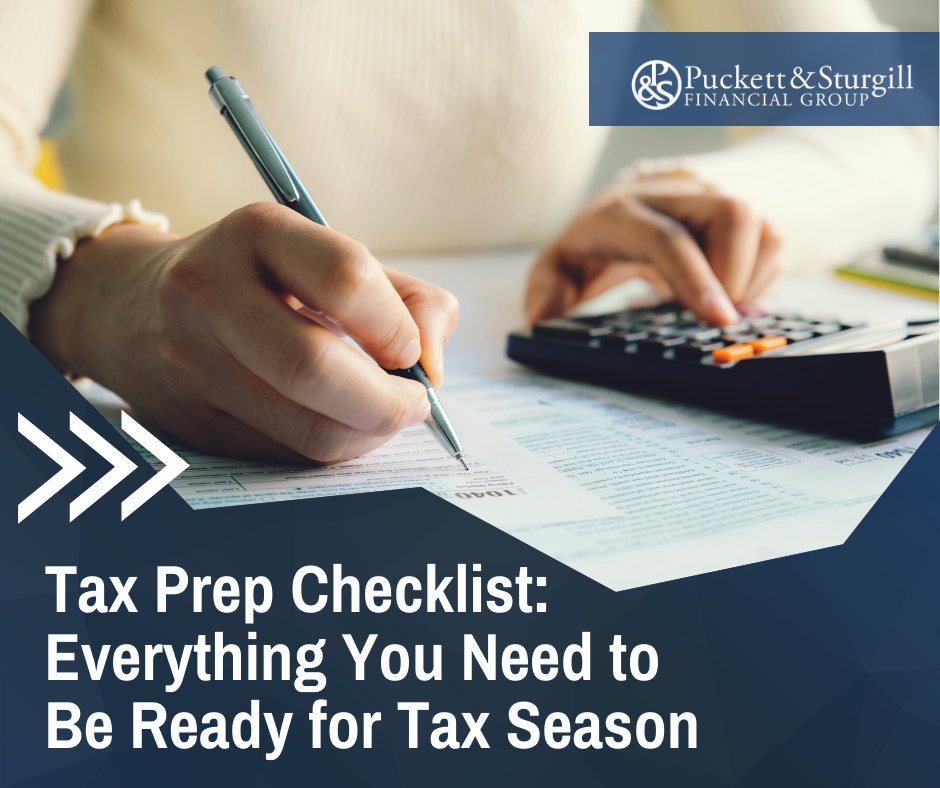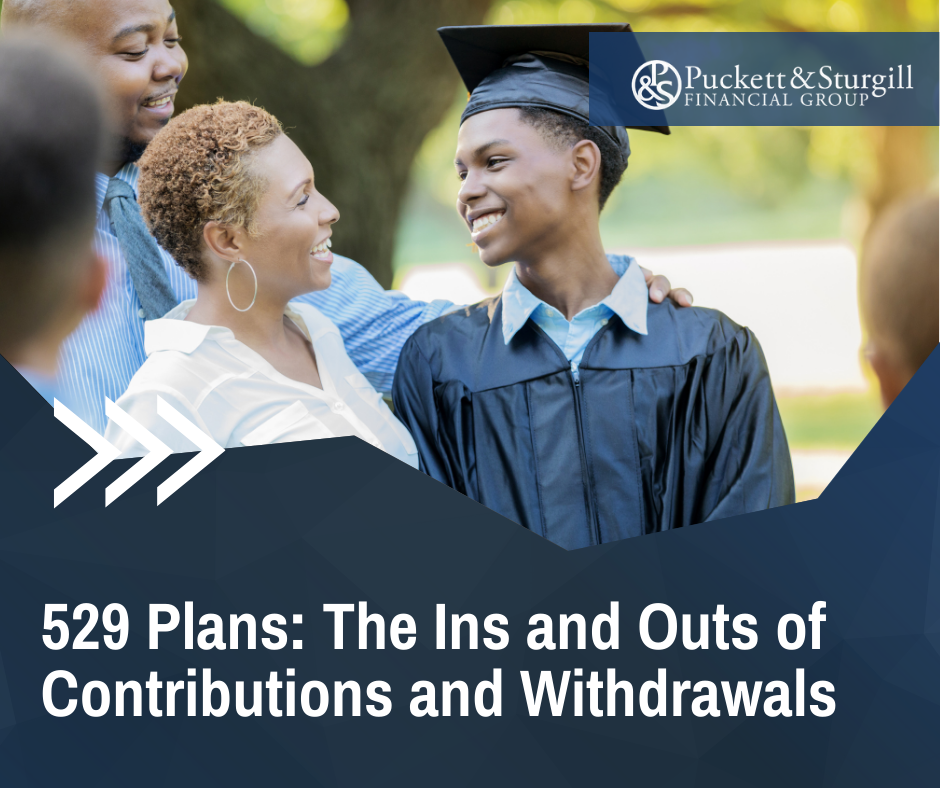529 plans can be powerful college savings tools, but you need to understand how your plan works before you can take full advantage of it. Among other things, this means becoming familiar with the finer points of contributions and withdrawals.
How much can you contribute?
To qualify as a 529 plan under federal rules, a state program must not accept contributions in excess of the anticipated cost of a beneficiary's qualified education expenses. At one time, this meant five years of tuition, fees, and room and board at the costliest college under the plan, pursuant to the federal government's "safe harbor" guideline. Now, however, states are interpreting this guideline more broadly, revising their limits to reflect the cost of attending the most expensive schools in the country and including the cost of graduate school. As a result, most states have contribution limits of $350,000 and up (and most states will raise their limits each year to keep up with rising college costs). A state's limit will apply to either kind of 529 plan: savings plan or prepaid tuition plan. For a prepaid tuition plan, the state's limit is a limit on the total contributions. For example, if the state's limit is $300,000, you can't contribute more than $300,000. On the other hand, a savings plan limits the value of the account for a beneficiary. When the value of the account (including contributions and investment earnings) reaches the state's limit, no more contributions will be accepted. For example, if the state's limit is $400,000 and you contribute $325,000 and the account has $75,000 of earnings, you won't be able to contribute any more — the total value of the account has reached the $400,000 limit. These limits are per beneficiary, so if two people each open an account for the same beneficiary with the same plan, the combined contributions can't exceed the plan limit. If you have accounts in more than one state, ask each plan's administrator if contributions to other plans count against the state's maximum. Generally, contribution limits don't cross state lines. In other words, contributions made to one state's 529 plan don't count toward the lifetime contribution limit in another state. But check the rules of each state's plan.
How little can you start off with?
Some plans have minimum contribution requirements. This could mean one or more of the following: (1) you have to make a minimum opening deposit when you open your account, (2) each of your contributions has to be at least a certain amount, or (3) you have to contribute at least a certain amount every year. But some plans may waive or lower their minimums (e.g., the opening deposit) if you set up your account for automatic payroll deductions or bank-account debits. Some will also waive fees if you set up such an arrangement. (A growing number of companies are letting their employees contribute to savings plans via payroll deduction.) Like contribution limits, minimums vary by plan, so be sure to ask your plan administrator.
Know your other contribution rules
Here are a few other basic rules that apply to most 529 plans:
- Only cash contributions are accepted (e.g., checks, money orders, credit card payments). You can't contribute stocks, bonds, mutual funds, and the like. If you have money tied up in such assets and would like to invest that money in a 529 plan, you must liquidate the assets first.
- Contributions may be made by virtually anyone (e.g., your parents, siblings, friends). Just because you're the account owner doesn't mean you're the only one who's allowed to contribute to the account.
- 529 savings plans typically offer several different investment portfolios that you can pick from to invest your contributions. If you want to change your investment option, you can generally do so twice per calendar year for your existing contributions, anytime for your future contributions, or anytime you change the beneficiary of the account.
- 529 account owners who are interested in making K-12 contributions or withdrawals should understand their state's rules regarding how K-12 funds will be treated for tax purposes. Some states may not follow the federal tax treatment. In addition, account owners should check with the 529 plan administrator to determine whether a K-12 withdrawal request should be made payable to the account owner, the beneficiary, or the K-12 institution.
Maximizing your contributions
Although 529 plans are tax-advantaged vehicles, there's really no way to time your contributions to minimize federal taxes. (If your state offers a generous income tax deduction for contributing to its plan, however, consider contributing as much as possible in your high-income years.) But there may be simple strategies you can use to get the most out of your contributions. For example, investing up to your plan's annual limit every year may help maximize total contributions. Also, a contribution of $17,000 a year or less in 2023 qualifies for the annual federal gift tax exclusion. And under special rules unique to 529 plans, you can gift a lump sum of up to five times the annual gift tax exclusion — $85,000 for individual gifts or $170,000 for joint gifts — and avoid federal gift tax, provided you make an election on your tax return to spread the gift evenly over five years. This is a valuable strategy if you wish to remove assets from your taxable estate.
Lump-sum vs. periodic contributions
A common question is whether to fund a 529 plan gradually over time, or with a lump sum. The lump sum would seem to be better because 529 plan earnings grow tax deferred — so the sooner you put money in, the sooner you can start to potentially generate earnings. Investing a lump sum may also save you fees over the long run. But the lump sum may have unwanted gift tax consequences, and your opportunities to change your investment portfolio are limited. Gradual investing may let you easily direct future contributions to other portfolios in the plan. And realistically, many parents may not be able to fund their account with a lump sum, but they may be able to easily make monthly investments.
Qualified withdrawals are tax free
Withdrawals from a 529 plan that are used to pay qualified education expenses are completely free from federal income tax and may also be exempt from state income tax. For 529 savings plans, qualified education expenses include the full cost of tuition, fees, books, equipment, and room and board (assuming the student is attending at least half-time) at any college or graduate school in the United States or abroad that is accredited by the Department of Education; the cost of certified apprenticeship programs (fees, books, supplies, equipment); student loan repayment (there is a $10,000 lifetime limit per 529 plan beneficiary and $10,000 per each of the beneficiary's siblings); and K-12 tuition expenses up to $10,000 per year. Note: A 529 plan must have a way to make sure that a withdrawal is really used for qualified education expenses. Many plans require that the college be paid directly for education expenses; others will prepay or reimburse the beneficiary for such expenses (receipts or other proof may be required).
Beware of nonqualified withdrawals
A nonqualified withdrawal is any withdrawal that's not used for qualified education expenses. For example, if you take money from your account for medical bills or other necessary expenses, you're making a nonqualified withdrawal. The earnings portion of any nonqualified withdrawal is subject to federal income tax and a 10% federal penalty (and may also be subject to a state penalty and income tax).
Is timing withdrawals important?
As account owner, you can decide when to withdraw funds from your 529 plan and how much to take out — and there are ways to time your withdrawals for maximum advantage. It's important to coordinate your withdrawals with the education tax credits (American Opportunity credit and Lifetime Learning credit). That's because the tuition expenses that are used to qualify for a credit can't be the same tuition expenses paid with tax-free 529 funds. A tax professional can help you sort this out to ensure that you get the best overall results. It's also a good idea to wait as long as possible to withdraw from the plan. The longer the money stays in the plan, the more time it has to grow tax deferred. Note: Before investing in a 529 plan, please consider the investment objectives, risks, charges, and expenses carefully. The official disclosure statements and applicable prospectuses, which contain this and other information about the investment options, underlying investments, and investment company, can be obtained by contacting your financial professional. You should read these materials carefully before investing. As with other investments, there are generally fees and expenses associated with participation in a 529 plan. There is also the risk that the investments may lose money or not perform well enough to cover college costs as anticipated. Investment earnings accumulate on a tax-deferred basis, and withdrawals are tax-free as long as they are used for qualified education expenses. For withdrawals not used for qualified education expenses, earnings may be subject to taxation as ordinary income and possibly a 10% federal income tax penalty. The tax implications of a 529 plan should be discussed with your legal and/or tax professionals because they can vary significantly from state to state. Also be aware that most states offer their own 529 plans, which may provide advantages and benefits exclusively for their residents and taxpayers. These other state benefits may include financial aid, scholarship funds, and protection from creditors. This article was prepared by Broadridge. LPL Tracking #1-05356646












